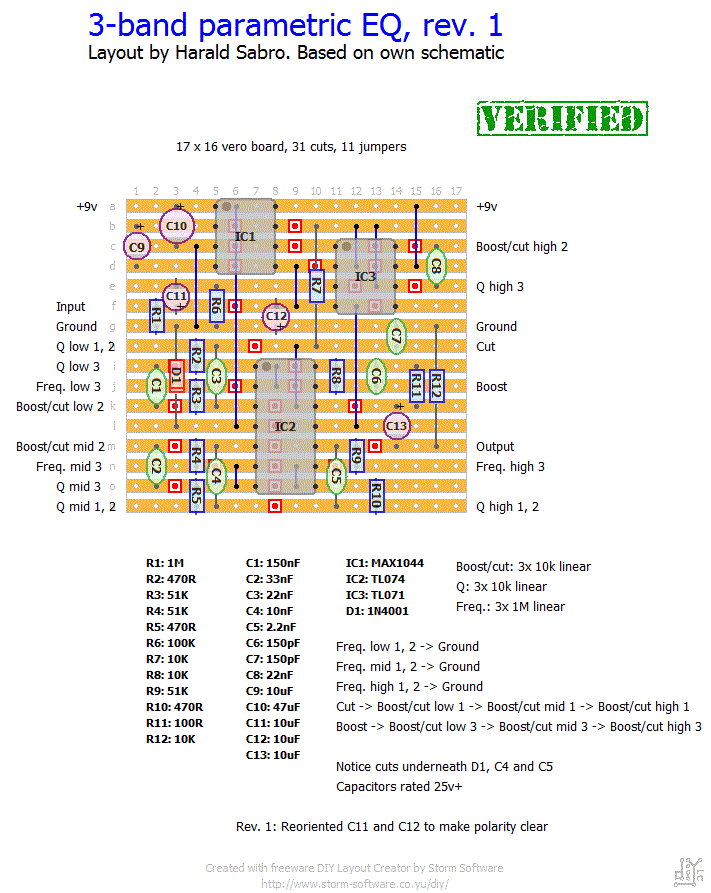
We classify a group of frequencies as a “band.” We can refer to frequency bands generally: “bass,” “low-mid,” “mid-range,” “high-mid,” and “high.” We can also pinpoint bands as specific ranges: “between 300 and 500 Hz”, “between 1 and 2 kHz.” The most important concept here is to be able to emphasize the characteristic frequencies of the track you are working on and eliminate frequencies that do not enhance its sonic features in any particular way. When equalizing, you will have to make small adjustments every time you add tracks to the mix, since the frequencies and respective ranges of the other instruments affect the way an instrument sounds. Do you hear one ringing resonance on a snare drum that you find annoying? An EQ is the right tool to use to remedy this.ĮQs can be used to sculpt an audio signal’s timbre, acting as a creative sound design tool to achieve a desired sound effect. Do you have problems hearing the kick drum over the bass guitar? This is a job for an EQ.ĮQs also identify and fix problematic frequencies: sometimes you may find annoying resonances or harsh sounds that were captured during recording or processing. Frequency masking is the “muddiness” that occurs when instruments with overlapping frequencies clash with each other, making it difficult to clearly perceive simultaneous sounds. Typically, EQs are used for the following:ĮQs address frequency masking issues. Once through with that, if you have trouble hearing what you want to hear….time to start thinking about EQ.ĮQs can be used for a variety of different ways to correct problems or as a sound design tool in your mix. Try to balance the levels between instruments with faders and get the mix as close as you can. If you don’t know the first thing about EQ (the shorthand of “equalization,”) this one’s for you.Ī good starting point to decide when to use an eq when mixing is to turn all the eq off.

Notice how the reverb extends and elongates notes. What words do you use to describe what you hear? Bright? Full? Harsh? Smooth?Īctive listening helps us to define our own vocabulary in music production. As this article takes you on a somewhat technical journey through EQ concepts and terminology, referring back to this listening experience will ultimately let you make good use of the information that follows. Listen to how the bass hits you in your gut, and to how the cymbals draw your attention from one side to another. I had no idea what an EQ did, so I sort of figured it out by feel: I’d move a knob, look at the corresponding frequency analyzer, listen with my ears, and by and by, I got the hang of it.īefore we learn what EQ is and what an EQ can do for you in your mixes, take a moment and play some music and listen to how it sounds. In the beginning, there was me, my DAW (Logic), and an EQ.


 0 kommentar(er)
0 kommentar(er)
